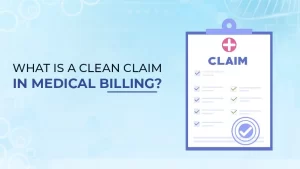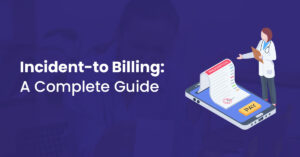Medicare and Medicaid billing are essential components of healthcare revenue generation for providers. However, navigating the complexities of these billing systems can be challenging and lead to lost revenue if mistakes are made. In this blog post, we will discuss tips and strategies for successful Medicare and Medicaid billing to help healthcare providers maximize reimbursement rates and avoid common pitfalls.
Understanding Medicare and Medicaid Billing
Medicare and Medicaid are two government programs that provide healthcare coverage. Medicare is for people over 65, people with specific disabilities, and people with end-stage renal disease. Medicaid is for people with limited income and resources. Medicare and Medicaid billing have different eligibility requirements, reimbursement rates, and billing rules.
Tips for Successful Medicare and Medicaid Billing
- Verify eligibility: Confirm patient eligibility for Medicare or Medicaid before providing services. If a patient is not eligible, reimbursement is extremely unlikely.
- Submit clean claims: Ensure that claims are accurate, complete, and submitted in a timely manner.
- Use the correct billing codes: Use the correct billing codes to accurately reflect the services provided. This is part of submitting clean claims but is of particular note due to the large number of claim denials related to coding industry-wide.
- Keep up with regulatory changes: Stay informed of changes in Medicare and Medicaid policies and regulations. Keeping up with these changes can help providers adapt their billing practices to stay compliant and avoid adverse outcomes.
- Build positive relationships with payers: Establish positive relationships with payers to improve communication and avoid denials.
Strategies for Maximizing Reimbursement Rates
- Ensure complete documentation: Provide complete documentation to support medical necessity and service specifics. Insufficient documentation can lead to denials and delayed reimbursements.
- Bill for all services: Implement review to ensure that coding captures all services provided to the patient. Don’t leave money on the table.
- Utilize technology solutions: Leverage technology solutions, such as electronic claim submissions and automated payment processing, to improve efficiency and reduce errors.
- Track performance metrics: Track and analyze performance metrics to identify areas for improvement and maximize reimbursement rates. Performance metrics can help to identify trends and areas for improvement.




